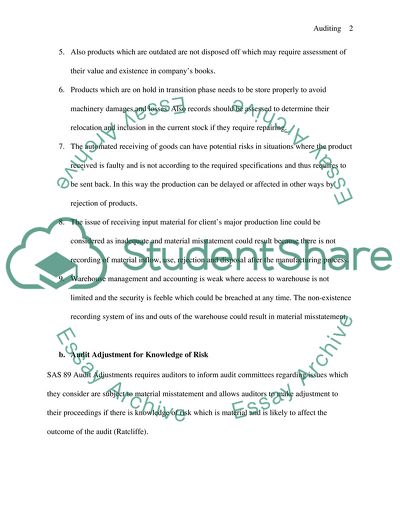Cite this document
(Objective of Auditing and Audit Procedures Article - 3, n.d.)
Objective of Auditing and Audit Procedures Article - 3. https://studentshare.org/finance-accounting/1727096-auditing
Objective of Auditing and Audit Procedures Article - 3. https://studentshare.org/finance-accounting/1727096-auditing
(Objective of Auditing and Audit Procedures Article - 3)
Objective of Auditing and Audit Procedures Article - 3. https://studentshare.org/finance-accounting/1727096-auditing.
Objective of Auditing and Audit Procedures Article - 3. https://studentshare.org/finance-accounting/1727096-auditing.
“Objective of Auditing and Audit Procedures Article - 3”. https://studentshare.org/finance-accounting/1727096-auditing.


